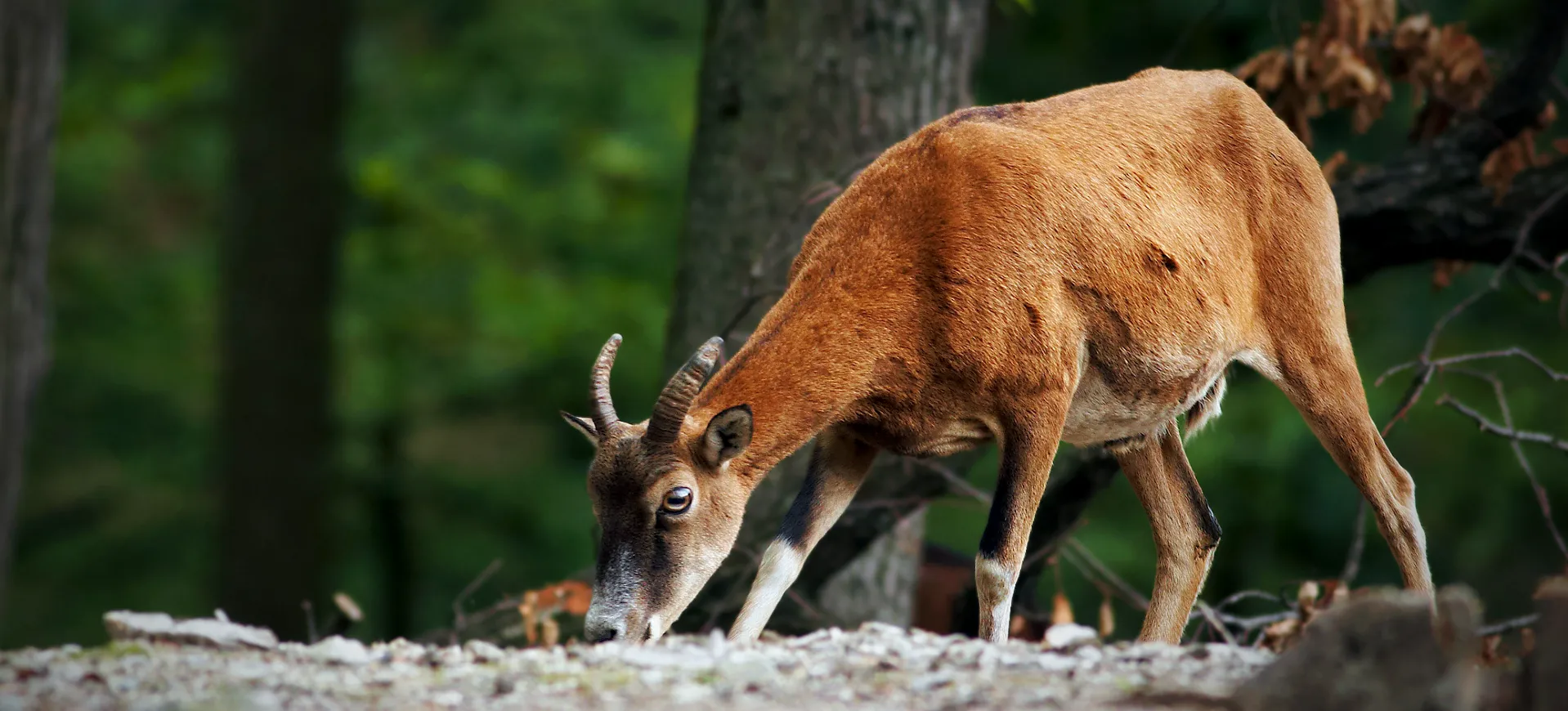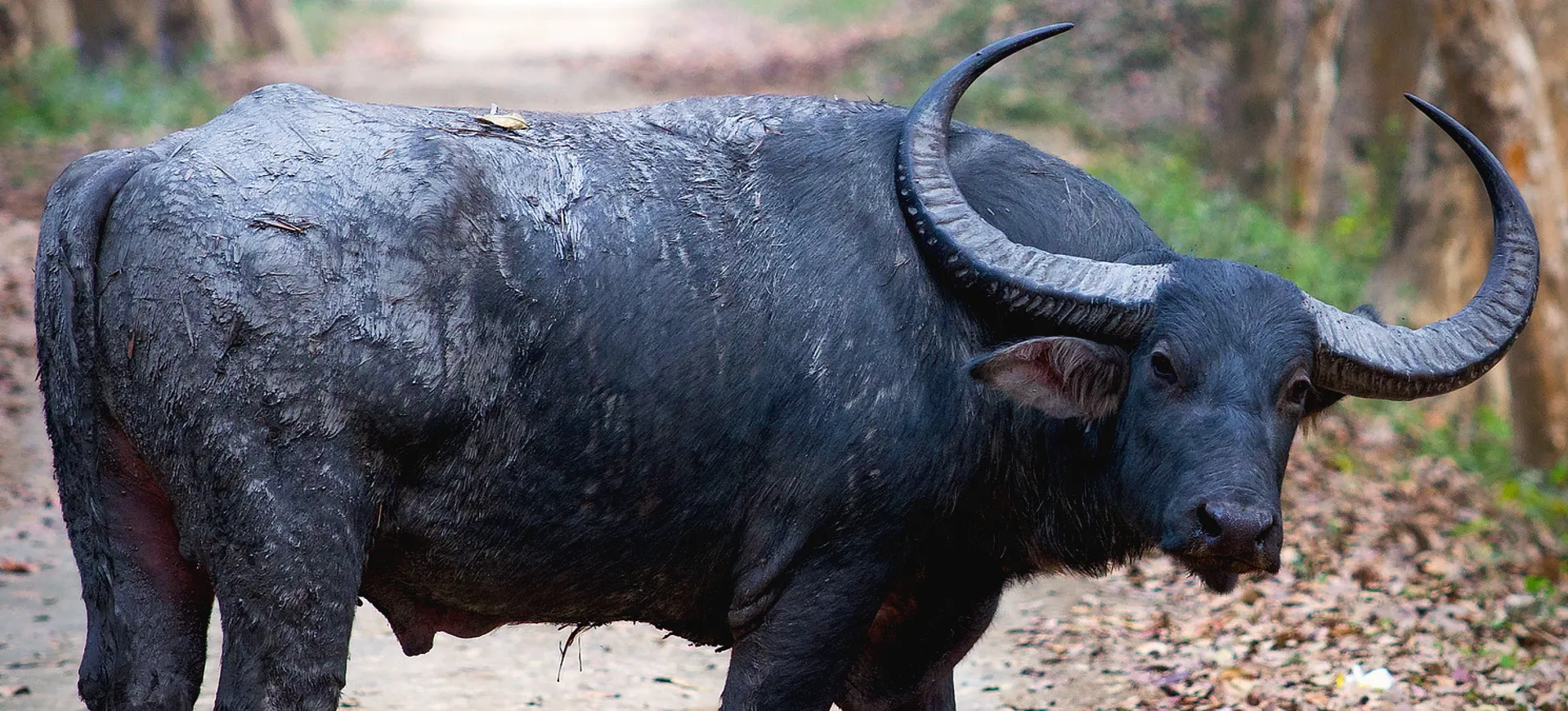Overview
The Mountain Bongo (Tragelaphus eurycerus Isaac) is a rare antelope subspecies found predominantly in the high-altitude regions of Kenya. They are characterized by their deep-red to chestnut-brown coat with vertical white stripes on the flanks, large ears, and twisted horns present in both males and females. Unlike their lowland relatives, they reside mainly in dense, remote mountain forests.
A highly reclusive subspecies, the Mountain Bongo is nocturnal and rests in dense vegetation. They are known for their keen sense of hearing and delicate touch, enabling them to easily maneuver through the densest underbrush. These creatures are herbivorous, feeding mainly on leaves, vines, and bark.
The Mountain Bongo population has faced significant declines in recent decades, making it one of Africa’s most endangered large mammals. The subspecies is threatened primarily by habitat loss, hunting, and diseases transmitted by domestic livestock. Conservation efforts are ongoing, including monitoring, captive breeding, and habitat restoration.
Taxonomy
Kingdom
Phylum
Class
Order
Family
Genus
Species
Sub Species
Type
Physical Description:
The Mountain Bongo possesses a striking deep-red coat adorned with white stripes and spots. This distinctive coloration, combined with their large ears and impressive twisted horns, sets them apart from other antelope species. The males tend to have darker coats and longer horns, while females are typically lighter and smaller.
Both males and females have a strong, muscular build that aids them in navigating the rugged mountain terrain. Their eyes are large and expressive, indicative of their nocturnal nature, and their legs are sturdy and well-adapted for climbing steep slopes. Their body shape, coat, and overall appearance make them highly adapted to their unique environment.

Lifespan: Wild: ~20 years || Captivity: ~25 years

Weight: Male: 880 - 1000 lbs (400 - 450 kg) || Female: 500 - 660 lbs (220 - 300 kg)

Length: Male: 98 - 110 in (250 - 280 cm) || Female: 90 - 100 in (230 - 255 cm)

Height: Male: 51 - 53 in (130 - 135 cm) at shoulder || Female: 47 - 49 in (120 - 125 cm) at shoulder

Top Speed: 35 mph (56 km/h)
Characteristic:
Native Habitat:
The Mountain Bongo’s natural habitat is limited to the mountain forests of central Kenya. These regions offer dense underbrush and a mix of bamboo and hardwood trees, providing food and shelter for these elusive creatures. The cool, moist environment is essential for their survival.
Their preferred habitat also includes access to salt licks and fresh water. These areas are typically remote and rugged, providing some protection from human encroachment. However, habitat loss and fragmentation remain significant threats, affecting their ability to find food, shelter, and mates.
Climate Zones:
Biogeographical Realms:
Continents:
Countries:
Diet:
Diet & Feeding Habits:
The Mountain Bongo is a browser, feeding predominantly on leaves, vines, bark, and roots. They are known to use their long, prehensile tongue to grasp foliage, and their diet includes over 100 different types of plant species. They often feed on salt licks, which provide them with essential minerals.
These creatures are selective feeders and adapt their diet to seasonal food availability. They will travel great distances to locate suitable feeding areas, relying on their keen senses to find the best sources. The availability of fresh water is also crucial to their diet, influencing their habitat choices.
Mating Behavior:
Mating Description:
The Mountain Bongo has a polygynous mating system, with males competing to access females. During the mating season, males display aggression and engage in battles, using their impressive horns to establish dominance. Loud vocalizations and posturing often accompany these displays.
Females reach sexual maturity around two years, while males mature slightly later. They breed throughout the year, with peaks in the rainy seasons. Once pregnant, the female will find a secluded spot to give birth, providing her calf the best chance of survival during its vulnerable early days.
Reproduction Season:
Birth Type:
Pregnancy Duration:
Female Name:
Male Name:
Baby Name:
Social Structure Description:
The social structure of the Mountain Bongo is complex and varies based on age and sex. Females and juveniles often form small herds, while adult males are more solitary or gather in bachelor groups. During the mating season, males become more aggressive, competing for access to females.
Communication among the Mountain Bongo includes vocalizations, postures, and horn clashing. They are generally peaceful animals but will defend their territory or status within the herd. Their social behavior is closely tied to their environment, influencing their movement patterns and interactions.
Groups:
Conservation Status:
Population Trend:
The Mountain Bongo population is difficult, with fewer than 150 individuals estimated to be living in the wild. Habitat loss, hunting, and disease have rapidly declined their numbers, and they now occupy only a fraction of their historical range.
Conservation efforts are ongoing, including anti-poaching measures, habitat restoration, and captive breeding programs. However, the situation remains critical, and Mountain Bongo’s future in the wild hangs in the balance. Collaboration between governments, conservation organizations, and local communities is vital to their survival.
Population Threats:
The most significant threats to the Mountain Bongo population are habitat loss and fragmentation, illegal hunting, and diseases transmitted by domestic livestock. Agricultural activities, logging, and human settlements increasingly encroach upon their unique habitat.
Additionally, they are hunted for their meat, horns, and hides, despite legal protections. The introduction of diseases from domestic animals has also impacted their population. These combined pressures have brought the Mountain Bongo to the brink of extinction in the wild.
Conservation Efforts:
Conservation efforts for the Mountain Bongo include extensive monitoring, habitat restoration, and community engagement. Captive breeding and reintroduction programs are being implemented to bolster the wild population.
Local and international organizations work together to preserve critical habitats and enforce hunting regulations. Education and community involvement are also key to long-term success. Despite the challenges, there is hope that these comprehensive efforts can secure a future for the Mountain Bongo in the wild.
Additional Resources:
Fun Facts
- Mountain Bongos are one of the largest forest antelopes.
- Both males and females have horns, but males’ horns are longer and more twisted.
- They have excellent hearing and are known for their secretive, nocturnal behavior.
- Their tongues can reach up to 18 inches long, aiding in feeding.
- Mountain Bongos are excellent swimmers and often cross rivers.
- Their coat’s coloration helps them blend into their dense forest environment.
- They are one of the few antelope species where males and females live separately.
- Salt licks are crucial to their diet, providing essential minerals.
- Their population decline was noticed only in the 1960s, and efforts to conserve them began soon after.
- Captive breeding programs have been relatively successful, providing hope for their survival.

















































































